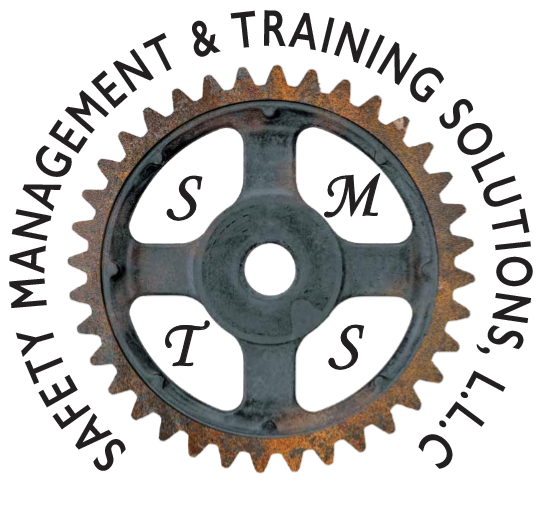Information
-
Document No.
-
Address
-
Client / Site
-
Conducted on
-
Prepared by
-
Location
General Remarks The Provisions and Use of Work Equipment Regulation (PUWER) requires that Powered machinery is regularly maintained every six months. MAINTENANCE PROCEDURES - POWERED/AUTOMATIC GATES Regular preventative maintenance helps to prolong the system and will conserve reliability. During each Planned Preventative Maintenance service SCCIA shall perform the following work: · Check and record the equipment, its condition and oil levels · Take photographs of the equipment to highlight problems and to aid reporting of defects · Compliance assessment - Carry out a survey to highlight any areas of concern and offer appropriate recommendations for improvement Note: If the gate system is deemed to be unsafe, then SCCIA shall switch off power and issue a Condemned letter as per Health and Safety Executive, GATESAFE and Door and Hardware Federation advice and guidance as the liability of a unsafe gate rests with the last person to service the system
Type of Gate
-
Type of Gate
- Swing Single
- Swing Double
- Slider Single
- Slider Double
- Folding Single
- Folding Double
- Other
-
Please list other
-
Use of Gate
-
Location
- Industrial
- Apartment block(s)
- Small Housing Estate (2-8)
- Large Housing Estate (8+)
- School
- Other
-
Existing Automation
-
Provide in detail the existing operation, activation and safety of the installation
Swing Gate Double
-
Width of Gate leaf
-
Height of Gate leaf
-
Style of Gate Infill
-
Provide details
-
Type of hinging
-
Provide details
-
Stops in place
- L1 open
- L1 close
- L2 open
- L2 close
-
Other information regarding gate
-
Activation Type
- Hold to run
- Impulse in sight
- Impulse out of sight
- Auto
- Other
-
Please provide details
-
Make and Model Number of Control Panel
-
Voltage of System
-
Is ground flat in the whole vicinity of gate operation?
-
Provide details
Safeguarding
Safe Guarding
-
Safety Type
A = Hold to Run - push button
B = Hold to run - key switch
C = Limitation of forces
D = Presence detection device (contact safety edge)
E = Presence detection device (non contact safety beam) -
Trained Users (Non Public Area)
-
Activation Type
-
Trained Users (Public Area)
-
Activation Type
-
Untrained Users
-
Safety Type
Safety Considerations
-
Safe Manual Operation
-
Provide details
-
Gate Leaf Over Run
-
Provide details
-
Position of Manual Actuators
-
Provide details
-
Safety Distances
-
Provide details
-
Electric Shock
-
Provide details
Safety Devices Available for Information
-
24v selv system with force reduction, presence detection etc
Safety Beam
Inductive Safety Edge
Safety Signs
Flashing Operation Light
Sounder
Finger Guard
KE = Kennelling
AP = Additional Plates -
Crushing Closing Edge
-
Risk eliminated by
-
Crushing against fixed point
-
Risk eliminated by
-
Shearing
-
Risk eliminated by
-
Snagging
-
Risk eliminated by
-
Impact
-
Risk eliminated by
-
Finger trap closing edge
-
Risk eliminated by
-
Finger trap hinge edge
-
Risk eliminated by
-
Crushing hinge edge
-
Risk eliminated by
-
Feet channelling
-
Risk eliminated by
-
Feet crush
-
Risk eliminated by
-
Drawing in
-
Risk eliminated by
Residual Risk
Residual Risk
-
Residual Risk 1
-
Residual Risk 2
-
Residual Risk 3
-
Residual Risk 4
-
Residual Risk 5
Plan / Elevation Drawing
-
Please carry out sketch drawing by hand and then take photographs and attach.
-
Photograph of Plan Drawing
-
Photograph of Elevation Drawing
-
Additional Notes / Remarks (conditions of gates fixing etc)
Photographs
-
Front elevation
-
Rear elevation
-
Side A elevation
-
Side B elevation
-
Other Photographs (such as control panel, RAM label, safety devices, activation devices)
Declaration
Guidance
-
This document is to be used in conjunction with guidance from The Machinery Regulations, EN Safety standards and HSE notifications. A risk assessment must be carried out at installation stage and assessed upon arrival to site by the installation engineer.
Force testing must be carried out to meet current requirements of the machinery directive.
Legal Obligation
-
You are reminded that, as the person in control of the gate, you have a legal duty of care to users and visitors to the premises (including trespassers). If the gate is not safe, any party injured by the gate is likely to be able to sue for damages. If you have insurance covering such risks, your insurance contract is likely to oblige you to disclose any material facts to your insurer including, in such case that the gate is not considered safe. If the gate is part of an undertaking, the person in control of it will have additional duties under Section 3 of the Health and Safety at Work Act 1974. If the premises are also a workplace, there are specific duties under the Regulation 18 of the Workplace (Health, Safety and Welfare) Regulations 1992, as well the general duty imposed by Section 2 of the 1974 Act. Failure to meet the duties imposed by health and safety legislation can result in criminal proceedings in line with the possibility of unlimited fine at Crown Court.
-
In our opinion, the condition of the listed gate is currently;
-
Does the gate require switching off?
-
If yes, Complete the Condemn Notice and send to office at gates@sccialphatrack.co.uk If Recommend Safety Improvements, please list;
-
Confirm Condemn Notice has been sent
-
We recommend the gate be left;
Sign Off
-
This gate was inspected by










